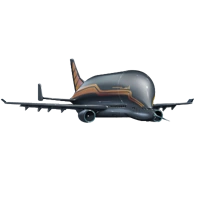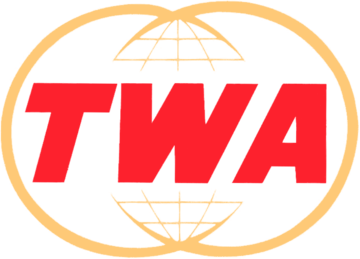Lockheed
F-104G Starfighter
| Role | |
|---|---|
| National origin | United States |
| Manufacturer | Lockheed |
| First flight | 4 March 1954 (XF-104) |
| Introduction | 20 February 1958 (United States) |
| Status | Retired from military service; in use with civilian operators as warbirds |
| Primary users | United States Air Force German Air Force Turkish Air Force Italian Air Force |
| Number built | 2,578 |
| Variants | Lockheed NF-104A Canadair CF-104 Starfighter Aeritalia F-104S Starfighter |
| Developed into | Lockheed CL-1200 Lancer/X-27 Lockheed CL-288 |
.
History Lockheed Aircraft Company
Lockheed F-104G Starfighter
First flight 4 March 1954 (XF-104) Introduction 20 February 1958 (United States)
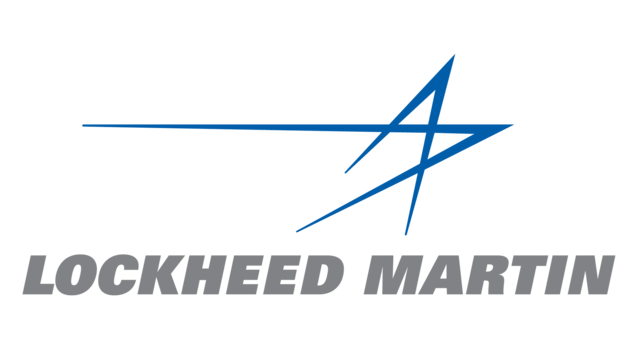
The Lockheed F-104 Starfighter is an American single-engine, supersonic air superiority fighter which was extensively deployed as a fighter-bomber during the Cold War. Created as a day fighter by Lockheed as one of the "Century Series" of fighter aircraft for the United States Air Force (USAF), it was developed into an all-weather multirole aircraft in the early 1960s and produced by several other nations, seeing widespread service outside the United States.
Four of the surviving aircraft were later converted for civilian use to firefighting water bombers. Two of the aircraft still remain based at Sproat Lake just outside of Port Alberni, British Columbia, although neither is operational..
Development
Background and early development
Main article: Lockheed XF-104
0
KmCeiling
0
KmRange
0
km/hAircraft Speed
0
Max Crew
Photo Gallery
Lockheed Aircraft Company
Lockheed F-104G Starfighter

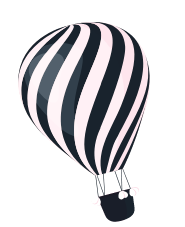
Lockheed Aircraft Company
Lockheed F-104G Starfighter
General characteristics
-
- Crew: 1
- Length: 54 ft 8 in (16.66 m)
- Wingspan: 21 ft 9 in (6.63 m)
- Height: 13 ft 6 in (4.11 m)
- Wing area: 196.1 sq ft (18.22 m2)
Powerplant
-
- Empty weight: 14,000 lb (6,350 kg)
- Max takeoff weight: 29,027 lb (13,166 kg)
- Powerplant: 1 × General Electric J79 afterburning turbojet, 10,000 lbf (44 kN) thrust dry, 15,600 lbf (69 kN) with afterburner
Specifications
-
- Maximum speed: (2,459 km/h,
- Maximum speed: Mach 2
- Combat range: (680 km, 360 nmi)
- Ferry range: 1,630 mi (2,620 km
- Service ceiling: 73,000 ft (22,000 m)
- Rate of climb: 48,000 ft/min (240 m/s) Initially
Performance
- Guns: 1 × 20 mm (0.787 in) M61A1 Vulcan 6-barreled rotary cannon, 725 rounds
- Hardpoints: 7 with a capacity of 4,000 lb (1,800 kg), with provisions to carry combinations of:
- Missiles: 4 × AIM-9 Sidewinder
- Other: Bombs, rockets, or other stores
-
Links to Youtube & Others
The F-104 series all had a very high wing loading (made even higher when carrying external stores). During the early stall tests, the aircraft demonstrated the tendency to suddenly "pitch up" once it reached an angle of attack of approximately 15 degrees.
Lockheed Aircraft
F-104G Starfighter
Clarence L. "Kelly" Johnson, vice president of engineering and research at Lockheed's Skunk Works
Youtube Link
The Starfighter served with NASA from 1956 until 1994. A total of 12 F-104A, F-104B, F-104N, and TF-104G aircraft performed high-speed.
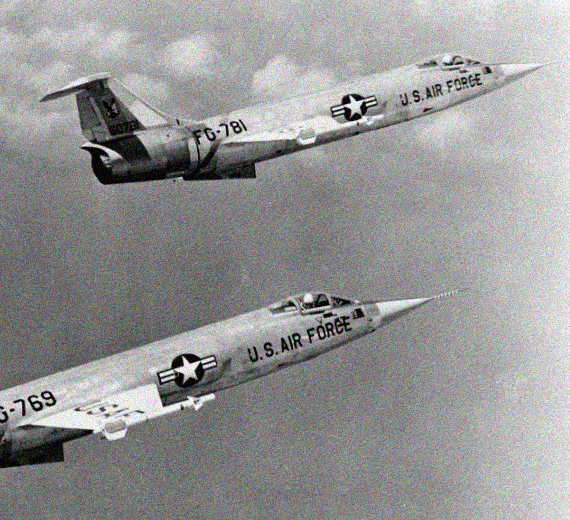

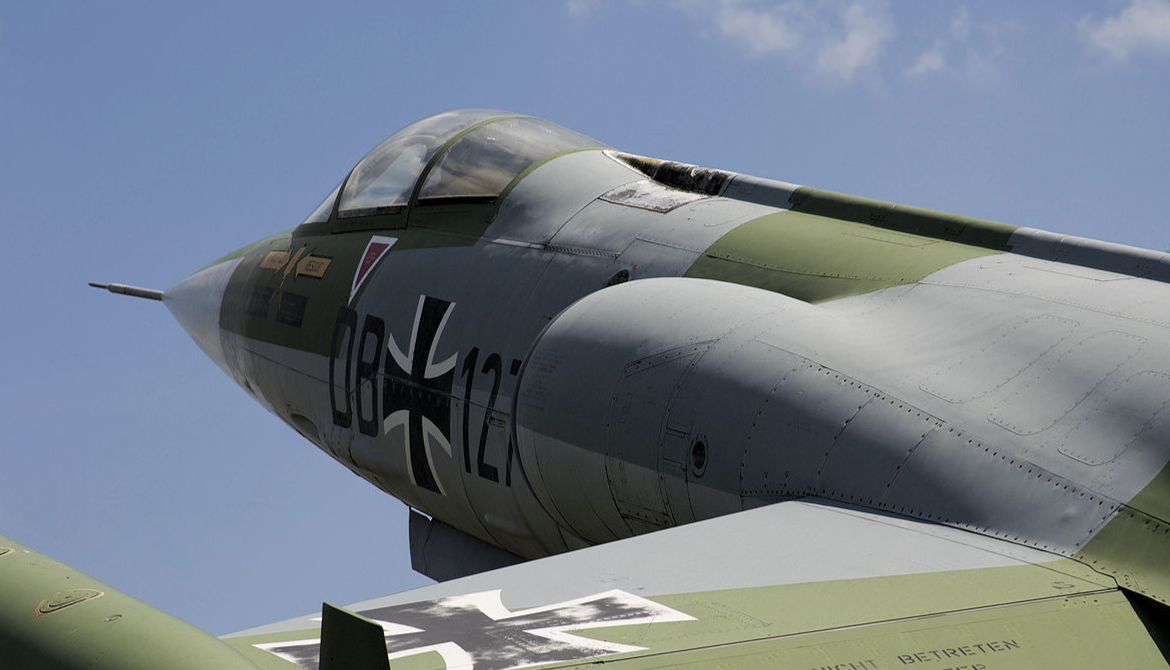
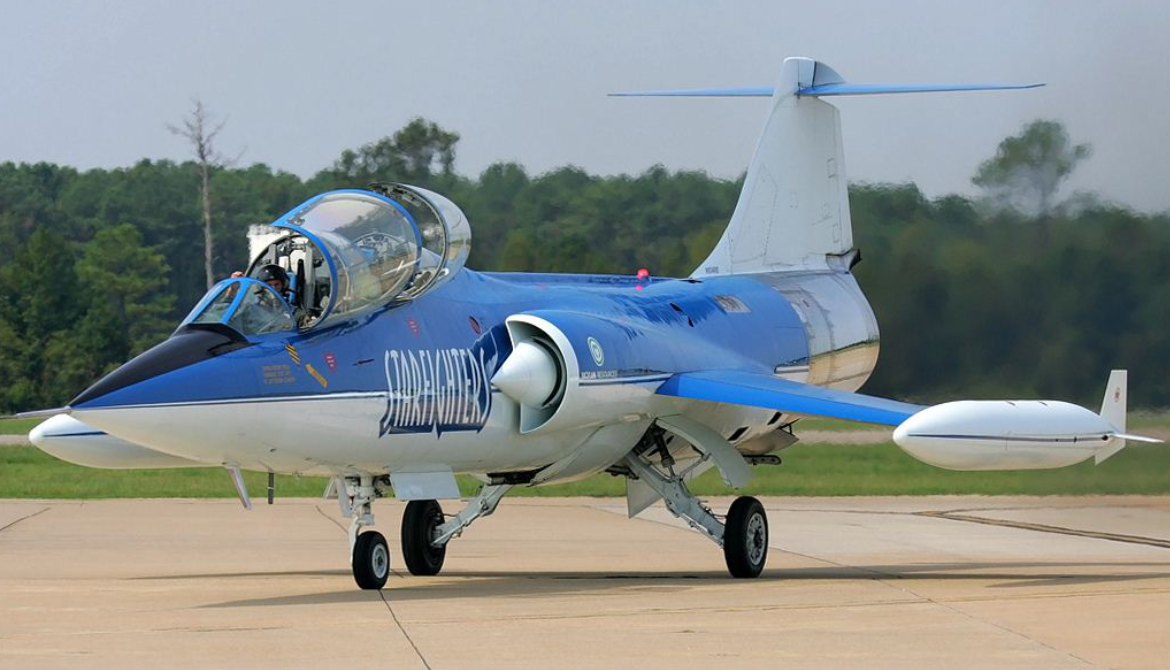
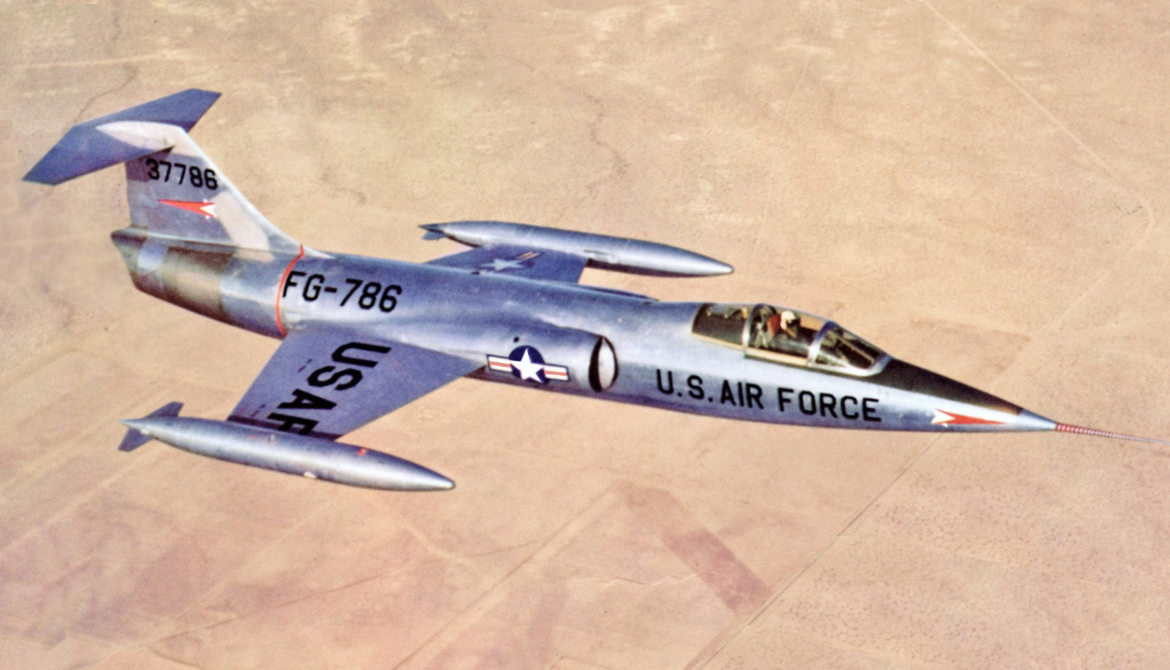
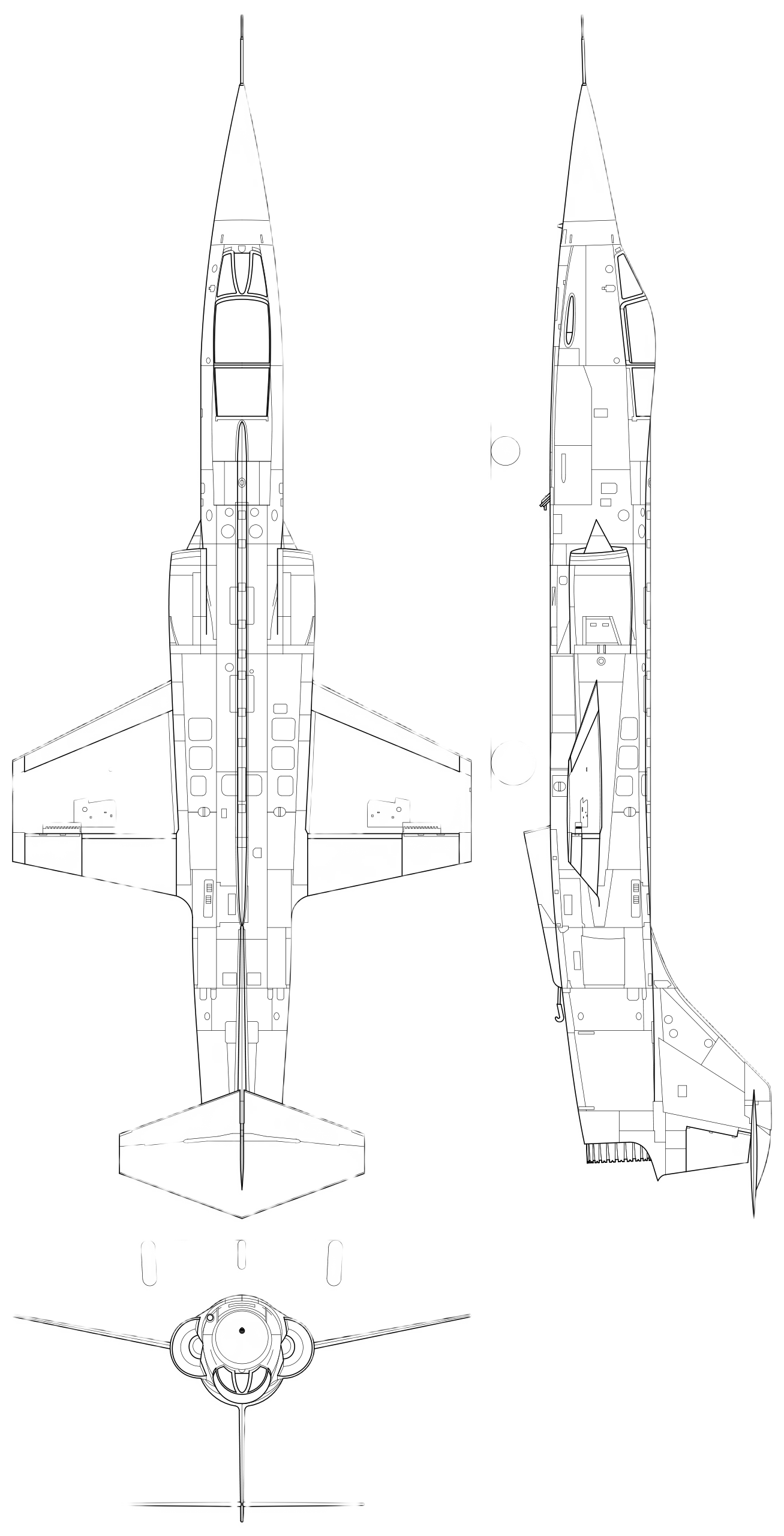

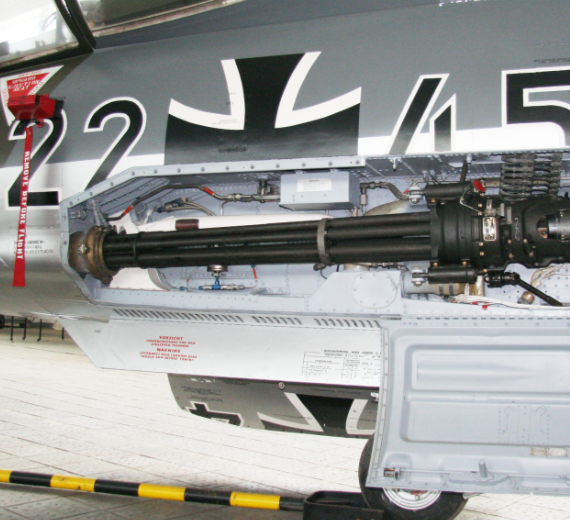
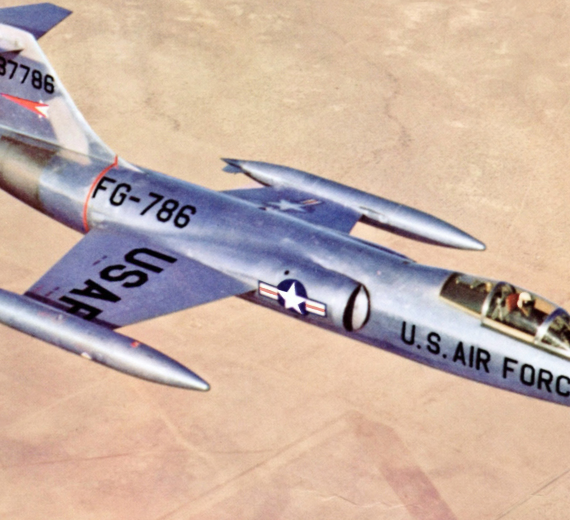

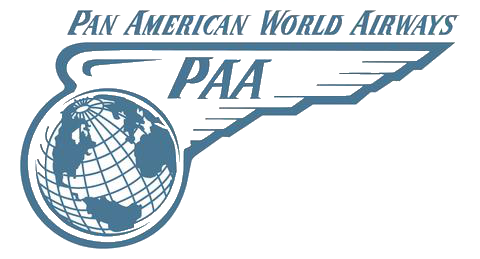
.png)
